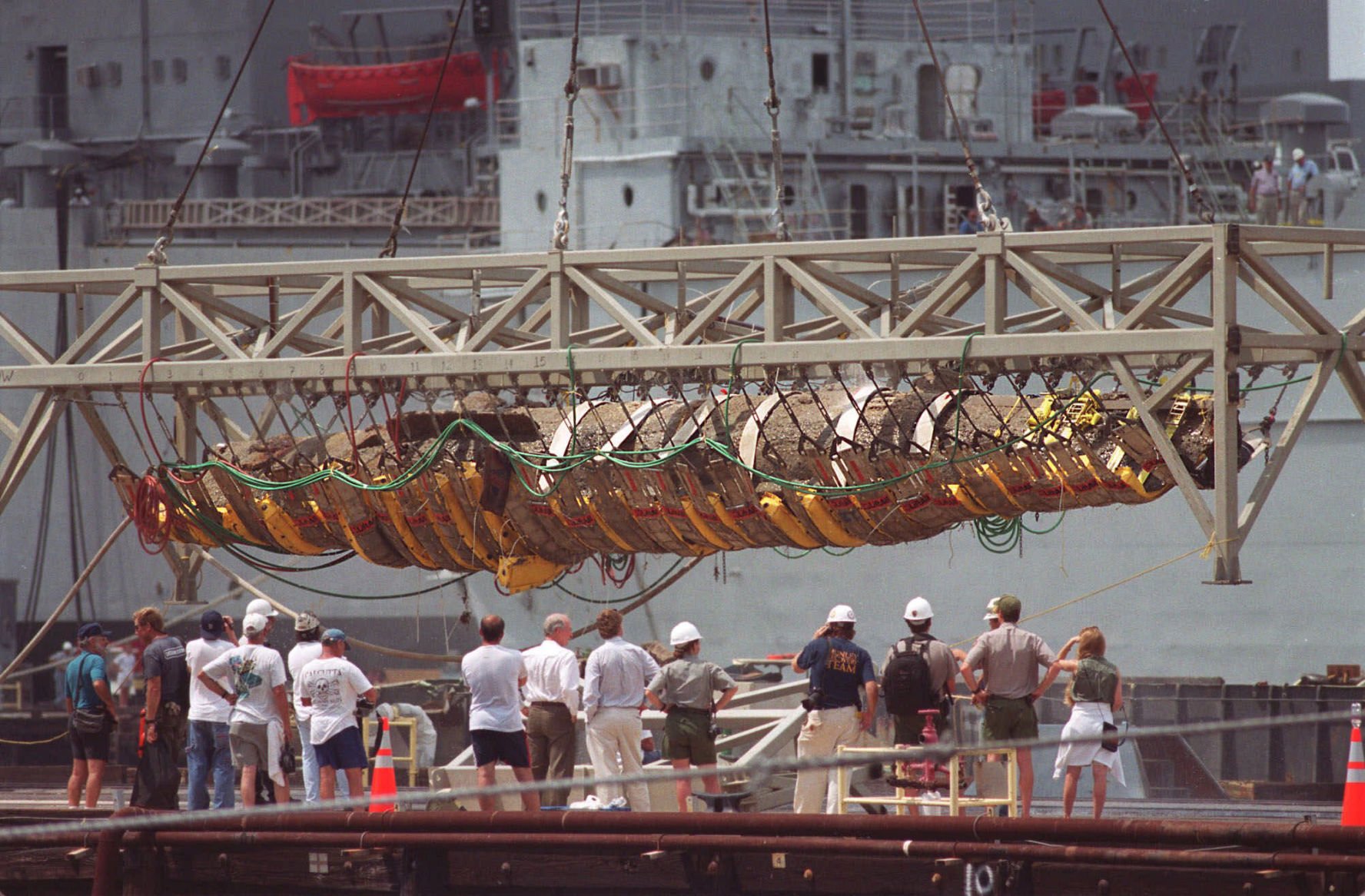

I cut angled slots into the hub using a razor saw and mounting the blades was a simple task, using slow cure CA to ensure axial and radial alignment using my Mark One calibrated eyeball. I chucked the hub into a pin vise to clean up mold lines and stubs, and created a simple paper template with three 120 0 radial lines extending out from the center. The kit gives you a plastic prop hub with some very faint markings for location of the three photoetched blades. I elected to work on some of the detail parts to take a break from recreating rivet heads, and tackled the propeller assembly next. The outer ring of each mask was a perfect size to replicate the missing detail and I used the masks as parts, spraying Tamiya primer over the completed hull and sealing them into place. There was a postage-stamp sized piece of paper in the small bag of photoetched and clear parts I discovered that this is actually mask material for the deadlights. I did not plan to use the kit-supplied clear plastic portholes (more properly, deadlights), preferring to use Micro Kristal Klear after construction was done. The portholes atop the hull (10 in total) were surrounded by a small raised reinforcing plate and rivet detail. This trick worked well for me on the hull section joints. I had previously scratch built the USS Alligator, a Union Navy submersible, and I replicated its hull rivets with small dabs of white glue. Fortunately, I was able to restore much of it. Despite my best efforts, I did end up sanding away some of this detail. The result is a slight “figure 8” shape when joined, which led to a lot of filling and sanding – no big deal on the ballast weight portion of the (lower) hull, but unpleasant to deal with on the top of the hull, where there’s a lot of rivet and porthole detail. Both halves are slightly out of round, due no doubt to shrinkage stresses as the plastic cures. I cleaned up all of the parts, removing tree stubs and (minimal) flash and started by gluing the hull halves together. OK, let’s jump into the build, which is fairly straightforward. Very useful for small details such as rudder control arms. is a downloadable/printable rendering of the submarine done by Michael Crisafulli and may have been the basis for Mikro-Mir’s molds. is one interpretation of the spar torpedo configuration, appears to agree the best with the famous Conrad Chapman painting of 1898, and is the one I used for my build. is the official Hunley website, and well worth a visit Here are several websites that may be helpful to you if you elect to build this kit: It’s also quite possible that the actual configuration changed during the Hunley’s brief career, so my interpretation is just that – an engineering judgement on my part.

Hunley submarine how to#
In the end, I elected to go with my best judgement of how to represent these features, most of which involve the spar torpedo arrangement. There are numerous interpretations of different features of the boat, and online research probably raised more questions for me than answered them. As preservation of the original craft continues, more details come to light regularly. Hunley, she was only found in 1995 and raised for the third time, in August 7th, 2000 with much fanfare.Disclaimer: Mikro-Mir’s 1/35 CSS Hunley is probably one of the more accurate representations of this iconic Civil War submersible. HUNLEY was again lost.ĥ) Despite huge efforts to find the H. Hunley hooked her spar torpedo into the USS Housatonic and sank the Union warship.Ĥ) Luck was over as on her way back, the CSS H. HUNLEY became the first submarine to sink an enemy warship in a battle. She was raised again and now nicknamed the IRON COFFIN.ģ) After this most tragic event, CSS H.
Hunley submarine trial#
Hunley and seven crewmen drowned when human error and mechanical defects made her sink in another trial run on October 15, 1863, in Charleston Harbor. She was raised.Ģ) Less than two months later, Horace L. Hunley was to become one of the most famous submarines in history:ġ) On August 29, 1863, 5 crewmen drowned in Charleston Harbor, off James Island at the Fort Johnson wharf when she accidentally submerged with her hatches open in 42 feet of water.

She had a complement of 8 and was armed with one spar torpedo.ĬSS H. Hunley was a Confederate submarine of 7.5 tons, built from locomotive boilers in the spring of 1863 at Mobile.


 0 kommentar(er)
0 kommentar(er)
